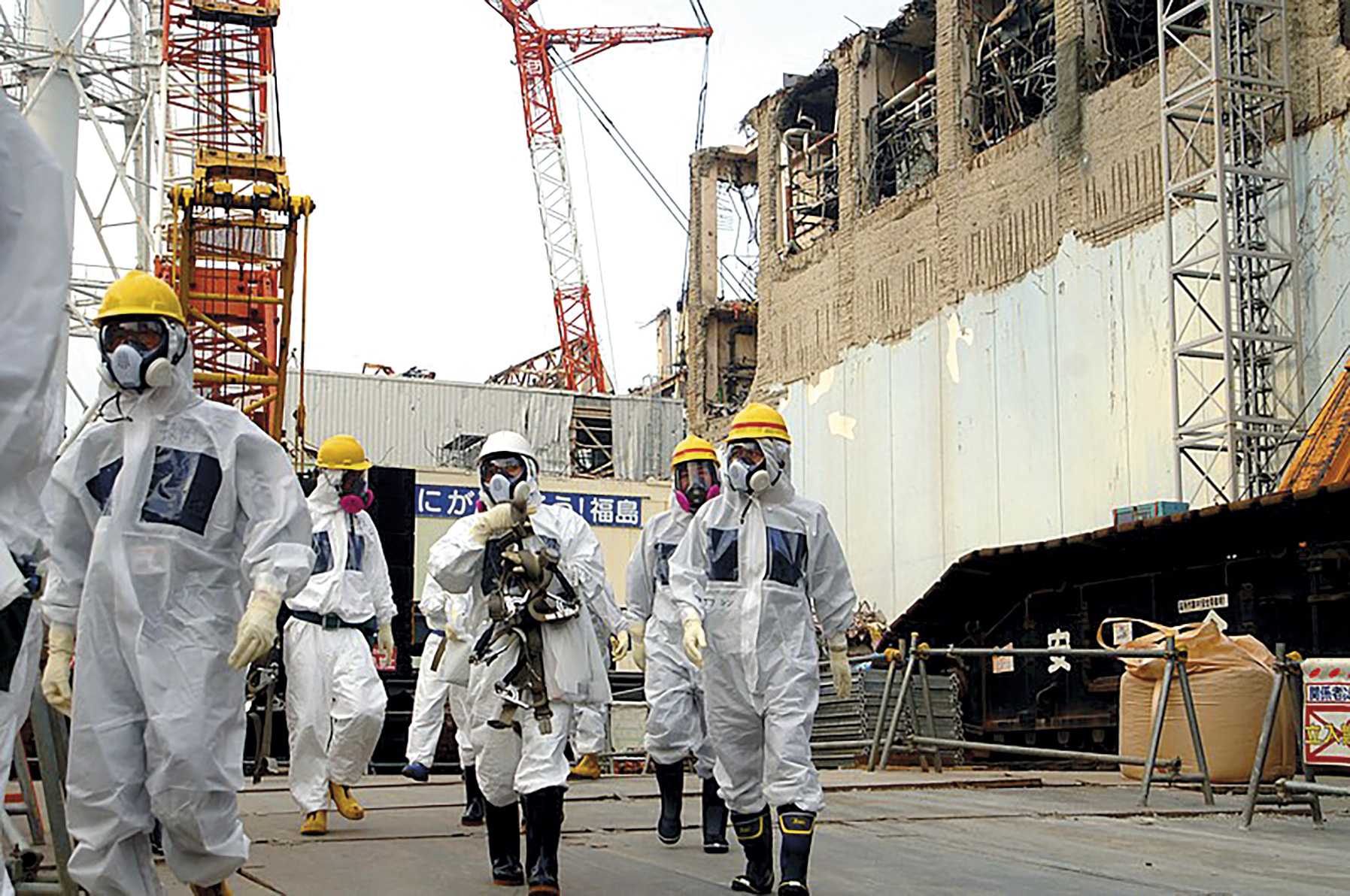Japanese Government wants to pour contaminated Fukushima water into the Pacific from 2022
- The Japanese Minister for the Environment has said that water accumulates in reactors since the 2011 disaster and is running out of place.

More than one billion litres have already been accumulated in the reactors at the Fukushima nuclear power plant. The accumulation of water continues to increase and will be lost, according to Japan's Minister for the Environment, Yoshiaki Harada. In this context, the Minister of Development has considered that they are obliged to pour water into the Pacific Ocean for precaution.
After the 2011 earthquake and the subsequent tsunami, thousands of tons of water was used to refrigerate nuclear fuel. The water used has been increasing, increasing the volume of contaminated water. Tokyo Electric Power (Tepco) is the company responsible for the Fukushima nuclear power plant.
At the same time, attempts have been made to reduce the radioactivity of water, but it has not been fully achieved because the technology needed to remove tritium, a radioactive isotope from hydrogen, has not yet been developed. Environment Minister Harada has stated that "the only option is to be thrown into water and dissolved".
Two other main options for contaminated water management are evaporation or underground storage. Harada has pointed out that they have time until 2022, so until then no drastic decisions will be taken.
If water is thrown into the sea, the quantity of litres to be discharged is still unknown. It is estimated that it will take seventeen years to shed all the contaminated water, causing as little damage as possible. Contaminated water will be diluted with normal water and will gradually be thrown into the sea. Despite the fact that experts and politicians have confirmed that the spill will not have much impact, small fishermen have complained about the discharge of water.
In addition to the fishermen, South Korea has also complained, as they believe it can affect the shellfish industry. In August, representatives of the South Korean government and members of the Japanese embassy met to clarify the details of the spillage.
The Fukushima nuclear power plant exploded on 11 March 2011. The images that were broadcast on television perpetuated the moment of the explosion and the subsequent white cloud in the sky. In the news of the coming days and months Fukushima had special relevance, but the speed... [+]






















